Despite their advantages, and as much as I would like to, there is no medium format camera in my plans any time soon.
Fine tools
It is a joy to use fine tools. The better we become in any craft, the more we appreciate our tools. After all, we use them frequently and tend to push them to their limits. I believe this is as true for a photographer as any other artist or craftsman.
Plus, there is the ego boosting feeling of possessing and using something expensive and exceptionally well made. It makes us feel important. We must be a better artist, because we have better tools.
Most photographers are familiar with mega-pixel lust and/or lens lust. We “need” the latest technology breakthroughs, the highest scoring products. They will make us better, right? Well, sometimes. But probably not by themselves.
One of the ongoing lusts I fight is the desire to move to a medium format system.
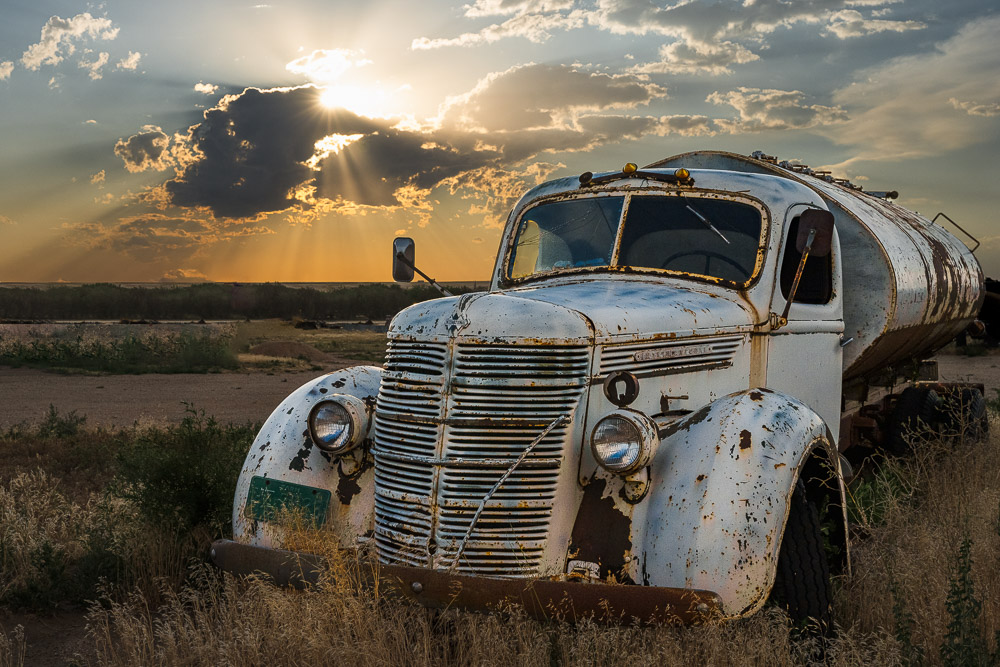 ©Ed Schlotzhauer
©Ed Schlotzhauer
Medium format
Camera systems have always been characterized by the size of the recording medium they expose. In film it was 8×10, 5×7, 6×6 cm, down to 35 mm. Digital systems tended to smaller formats, because of the cost of the sensor chip. For a long time, the 35 mm “full frame” sensor was king. Other lower cost sizes also became common, like APS-C, micro 4/3, etc.
The cameras in the slot between 5×7 and 35 mm are called medium format.
Of course, there are many other contenders. Polaroid made a few huge sheets. There were 11×17 cameras. Others, especially in digital, range down to microscopic cameras small enough to fit unobtrusively in a pair of glasses. And don’t forget the tiny sensors in your phone, probably the most used cameras in the world today.
One of those variations in the digital world was developed by the brave people who decided to push digital larger than 35 mm. Their goal was to recapture the detail and mystique of legends like the Hasselblad 6×6 cm or Mamiya 6×4.5 cm medium format systems.
These huge sensor chips are a strain on semiconductor production. They are very expensive because the yields are low for such a large chip, and the production volume is small. But makers like PhaseOne, Hasselblad, and Fujifilm persisted and developed successful products, and the results seem to be spectacular.
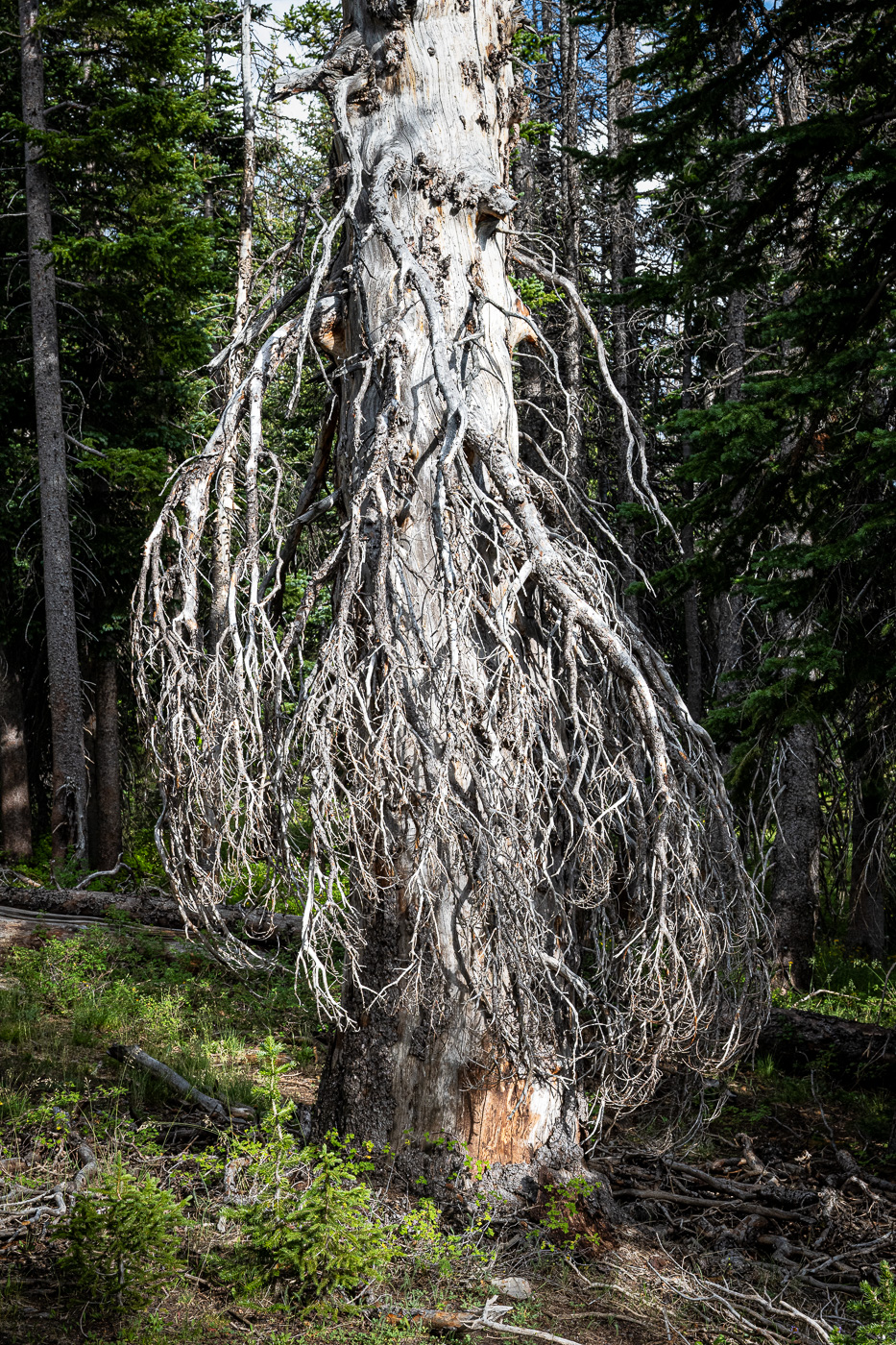 ©Ed Schlotzhauer
©Ed Schlotzhauer
Advantages
I do not speak from first-hand experience. Only from extensive research and reading. From what I can determine, the medium format digital systems are a marvel of image quality, with tangible and intangible properties that cannot be matched by 35 mm full frame cameras.
One obvious thing is that the larger sensors have a larger number of pixels. Typical medium format cameras have 100 MPixels, compared to 60 for the highest resolution full frame camera today.
But it is more than just number of pixels. The larger sensors allow larger pixel sites. This means each pixel gathers more light and each pixel has lower noise, greater dynamic range, and better color accuracy. Medium format lenses are also generally of higher quality than 35 mm ones.
Overall, the whole system is high quality all the way through. This leads to files that can be printed at huge sizes with astounding detail and color.
 ©Ed Schlotzhauer
©Ed Schlotzhauer
Disadvantages
Of course, these advantages do not come for free. Everything must scale up physically with the sensor size. This makes the cost of all the components, including the sensor and lenses, go up exponentially.
Larger also means heavier. In a studio that is not a concern. But I shoot only outdoor, and I lug my equipment wherever I go. Heavy is bad. Big is bad. Medium format is both.
I indicated that the lens sizes must scale up for medium format. The lens must create a larger image circle to cover the larger sensor. This not only makes them heavy and expensive, but the physics of lens design limits the practical ability to make wide range zoom lenses. So, currently, something like a 35 mm equivalent range of 28 mm to 75 mm is about the best that is common for a medium format zoom. Other sizes are available, but nothing like the “super zooms” we love in full frame cameras. Medium format wide angle lenses are much easier to make and more common.
Underlying all of this is the sheer cost of the system. Buying into a medium format system with a reasonable selection of lenses can add up to 10’s of $1000s. Much more if you decide to go with PhaseOne. Do I want medium format or a new car? Medium format or a luxury anniversary trip to Europe?
Reality
The reality that the medium format system currently is too big and heavy, it is too expensive, and I can’t get the type of lenses I want to use. At least, this is true for my value system.
My old body wants to shed weight I must carry, not add to it. Less is more when I am out for hours at a time. I seldom even carry a tripod anymore.
The “mainstream” camera companies like Sony, Cannon and Nikon have done a great job of improving their full frame products. To the point where it is a hard decision to make the jump. Yes, I’m sure it is true that if I did an A/B comparison between my Nikon and a Hasselblad 100 MPixel I would agree that the Hasselblad was better. But maybe not better enough for my needs.
Cost seems obvious. I am not earning enough from my photography to justify the huge increase in cost. I would have to rationalize it on factors other than cost, and I can’t right now.
But for me, an overriding factor right now is lens availability. This is a very individual decision point of view. I have become a photographic minimalist. I don’t like carrying extra lenses and I don’t like changing lenses in the field. One simple reason, besides fear of dropping one off a cliff, is that I get far fewer dust spots on my sensor if I do not change lenses outdoors.
I have adopted much of my vision around my marvelous Nikon 24-120 mm Z lens; it covers 98% of my needs. To the extent where my attitude now is that if this lens does not work, I will move to get the shot or make a different shot. I have made several multi-week trips now, taking only one camera body and one lens. It has worked great for me. No regrets. I can’t yet do this with a medium format system.
 ©Ed Schlotzhauer
©Ed Schlotzhauer
No compelling need
I would love to use medium format. Just the sheer quality of the output would almost be worth it. Looking at the detail of my images at 1-to-1 on my monitor is a joy right now. I’m sure the joy would be even greater for a medium format image.
But I understand the reality of my life is that I am not called on to make billboard sized prints where you could put your nose up to it and marvel at the detail. I am not required to do portraits that have glowing, lifelike skin tones and shading.
Would I like to be able to shoot like this? Of course. We always long for the best tools, the next technology bump. But the cost is so great I cannot justify it.
Fortunately, or unfortunately, Nikon has satisfied my basic needs with a high quality 46 MPixel sensor in a small mirror-less body, coupled with small lenses that meets my expectations. These cover my real-life needs. I can’t justify the change just for my ego.
Canon and Sony also cover those needs with excellent products, but I am a long-time Nikon user.
As of right now, there is no medium format system in my plans. It could change, but there is a high barrier to climb. I hope Nikon jumps their full frame system to 100 MPixel before I give in and take the plunge.



 ©Ed Schlotzhauer
©Ed Schlotzhauer ©Ed Schlotzhauer
©Ed Schlotzhauer ©Ed Schlotzhauer
©Ed Schlotzhauer ©Ed Schlotzhauer
©Ed Schlotzhauer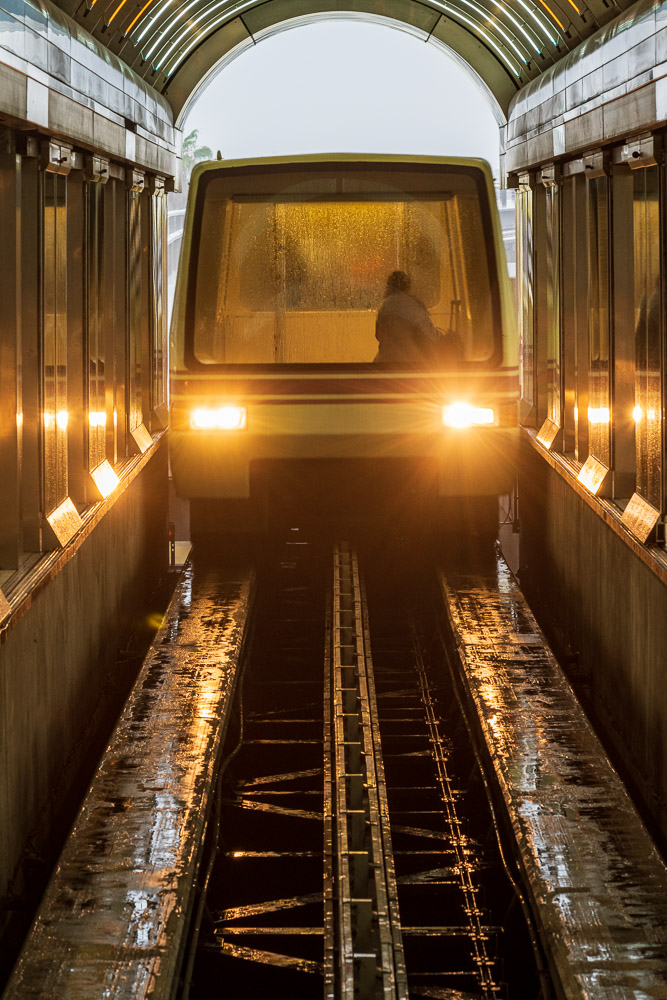 ©Ed Schlotzhauer
©Ed Schlotzhauer

 ©Ed Schlotzhauer
©Ed Schlotzhauer ©Ed Schlotzhauer
©Ed Schlotzhauer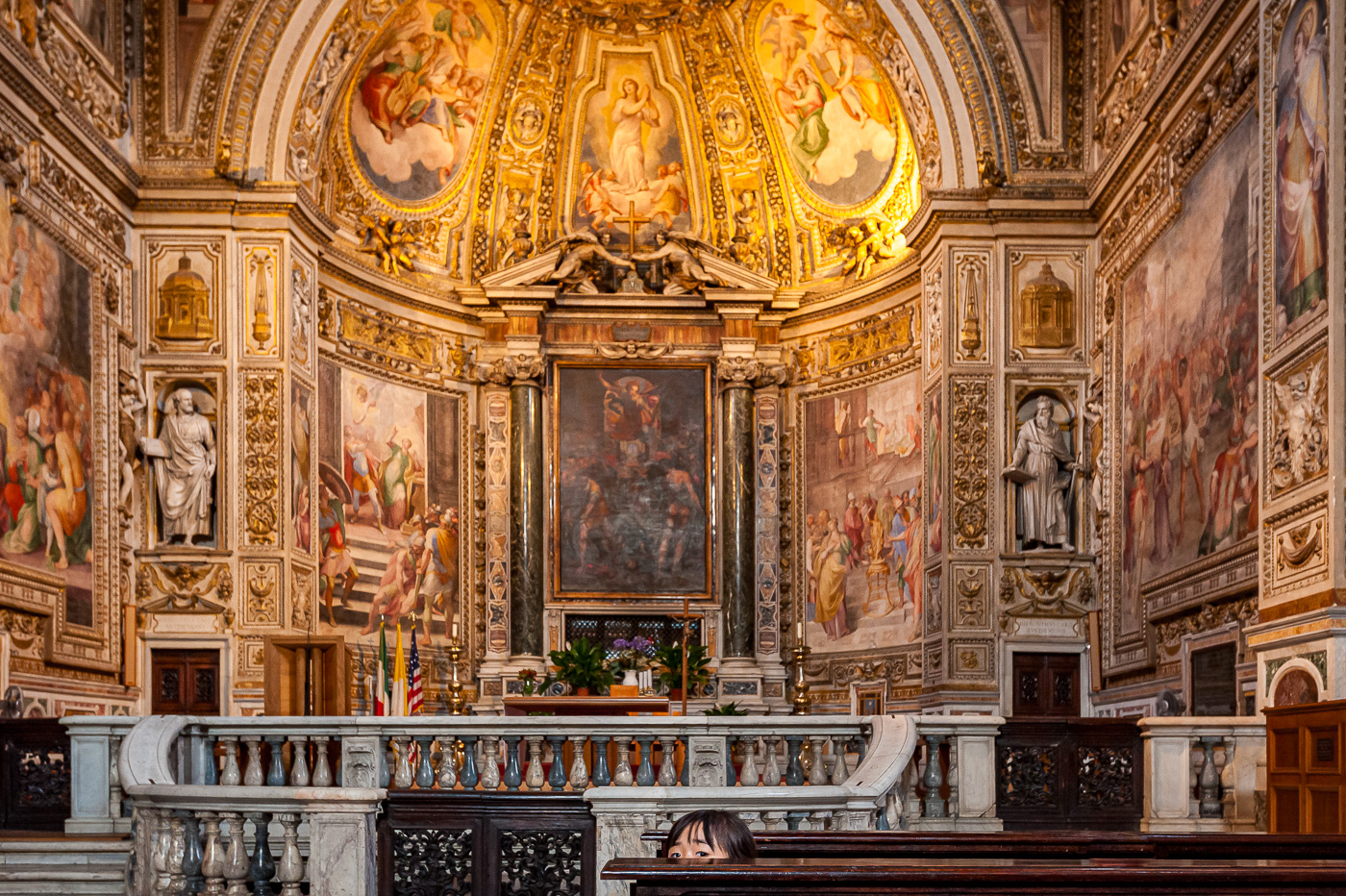 ©Ed Schlotzhauer
©Ed Schlotzhauer ©Ed Schlotzhauer
©Ed Schlotzhauer
 ©Ed Schlotzhauer
©Ed Schlotzhauer ©Ed Schlotzhauer
©Ed Schlotzhauer ©Ed Schlotzhauer
©Ed Schlotzhauer ©Ed Schlotzhauer
©Ed Schlotzhauer
 ©Ed Schlotzhauer
©Ed Schlotzhauer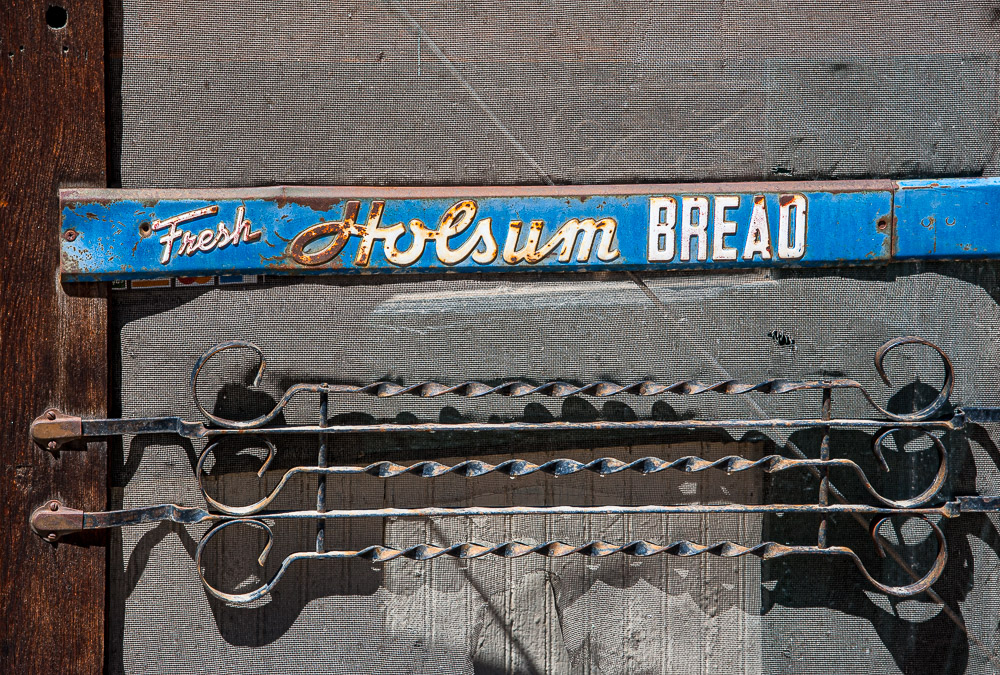 ©Ed Schlotzhauer
©Ed Schlotzhauer